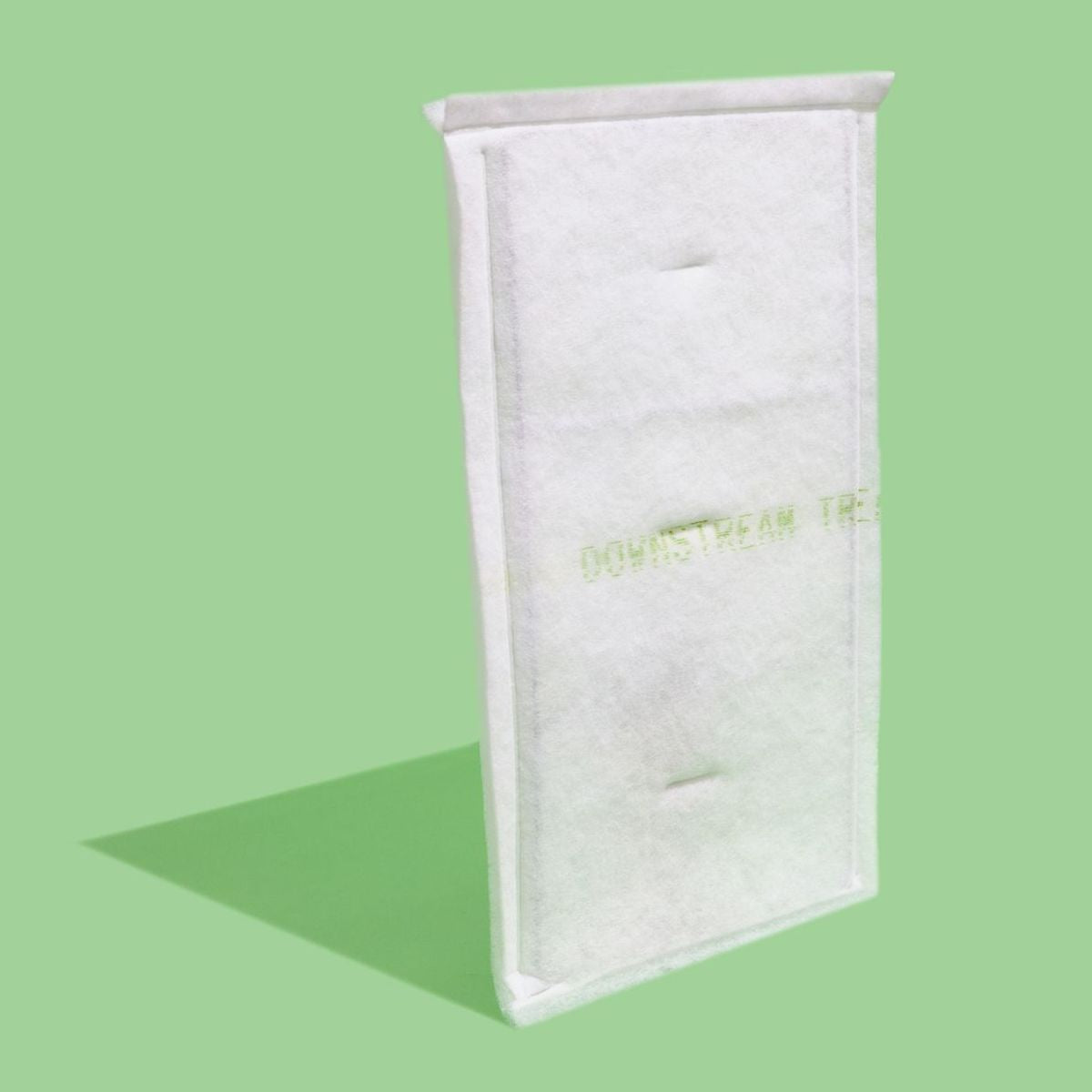
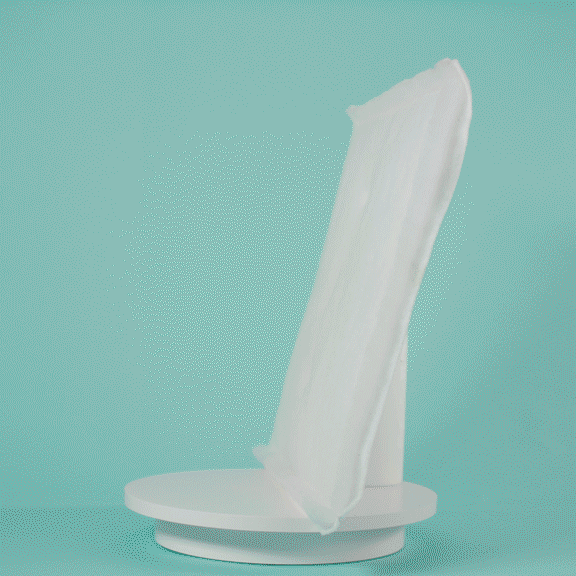
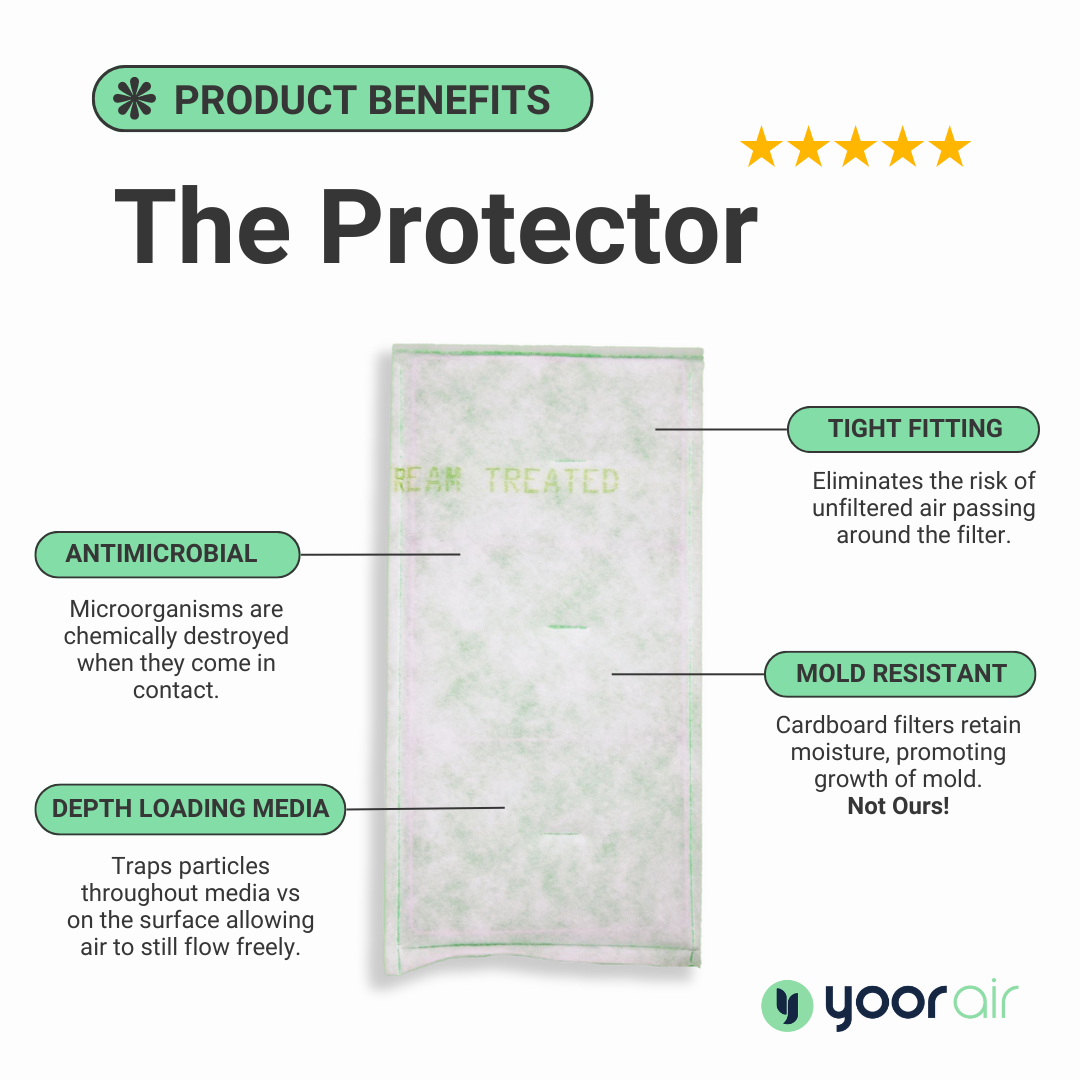
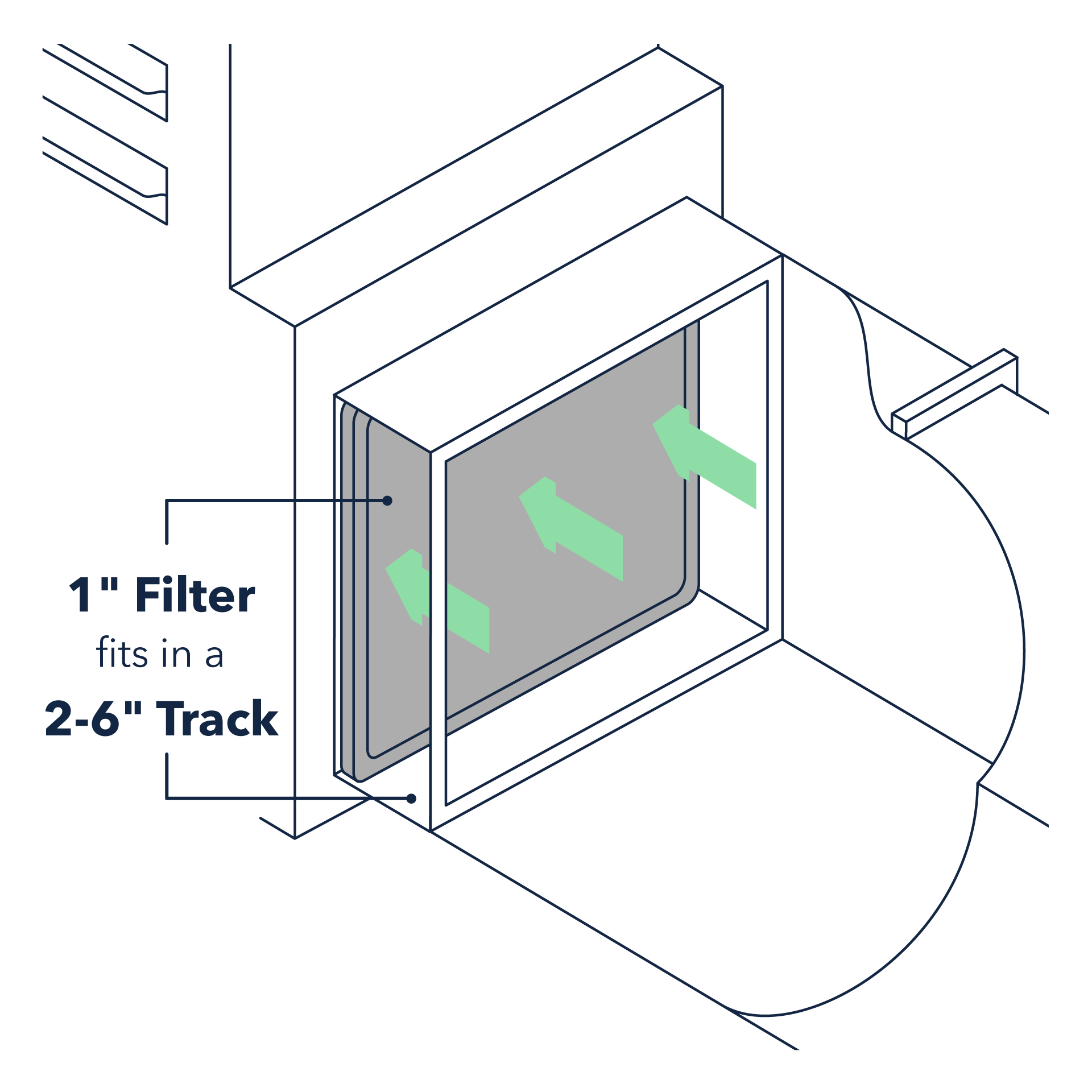

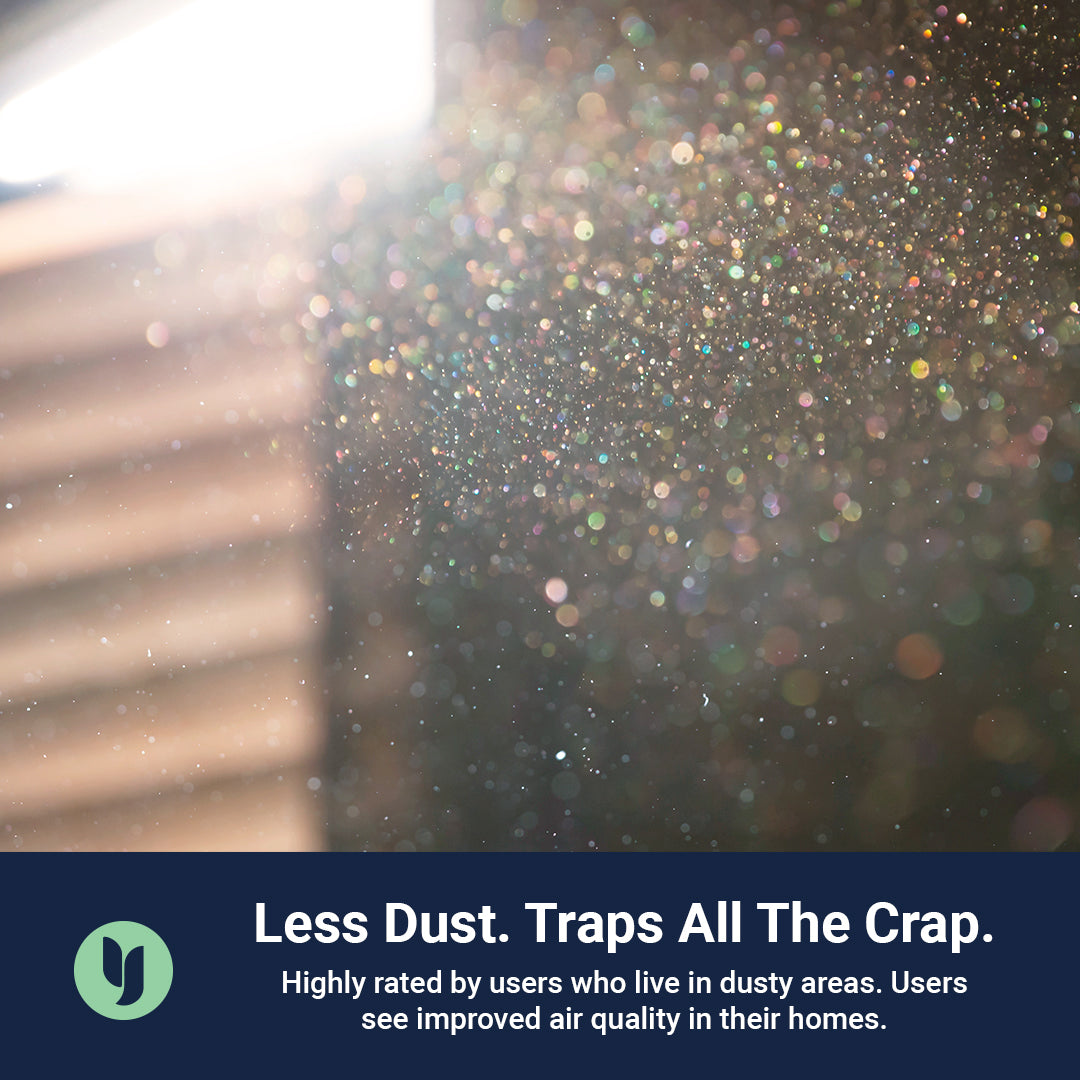
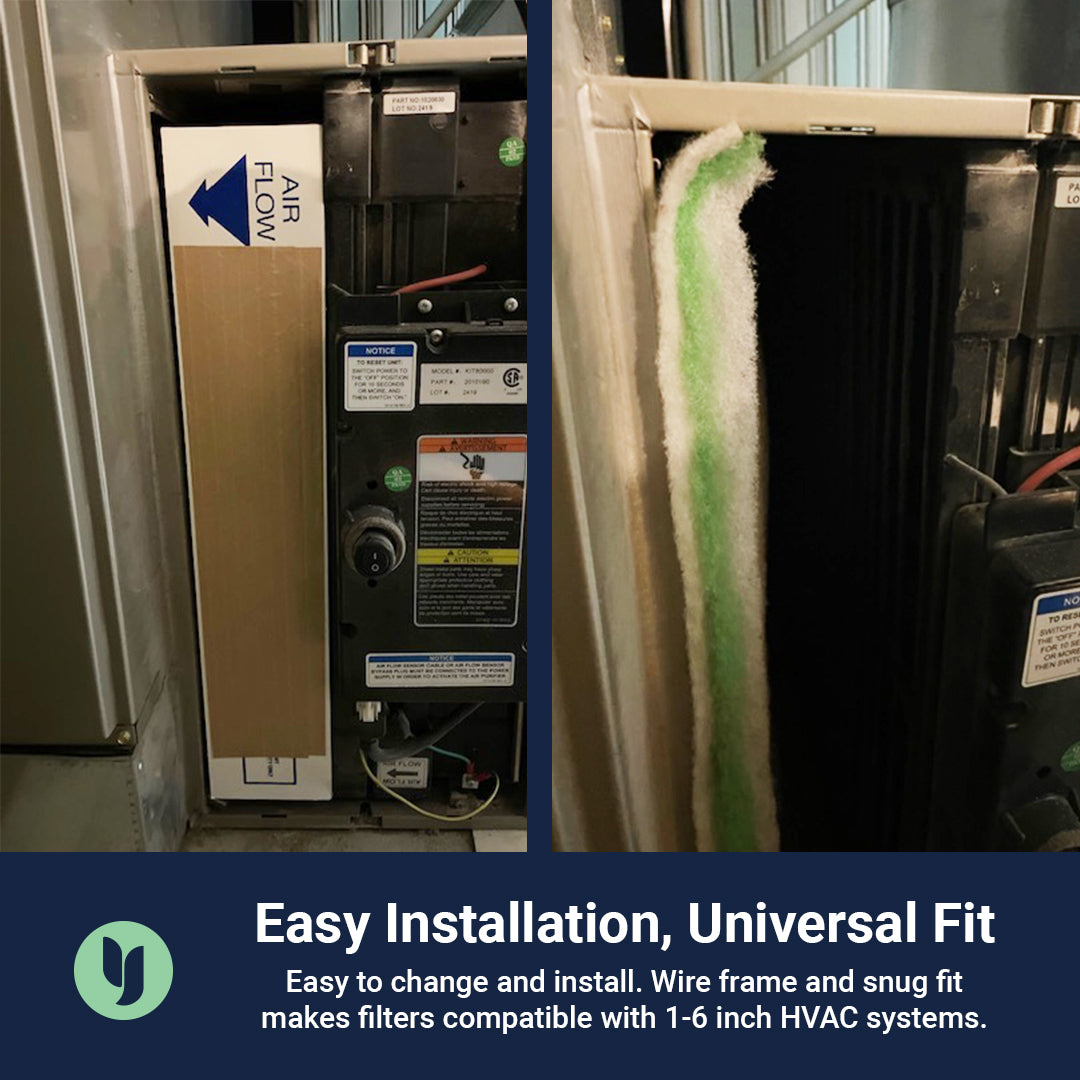
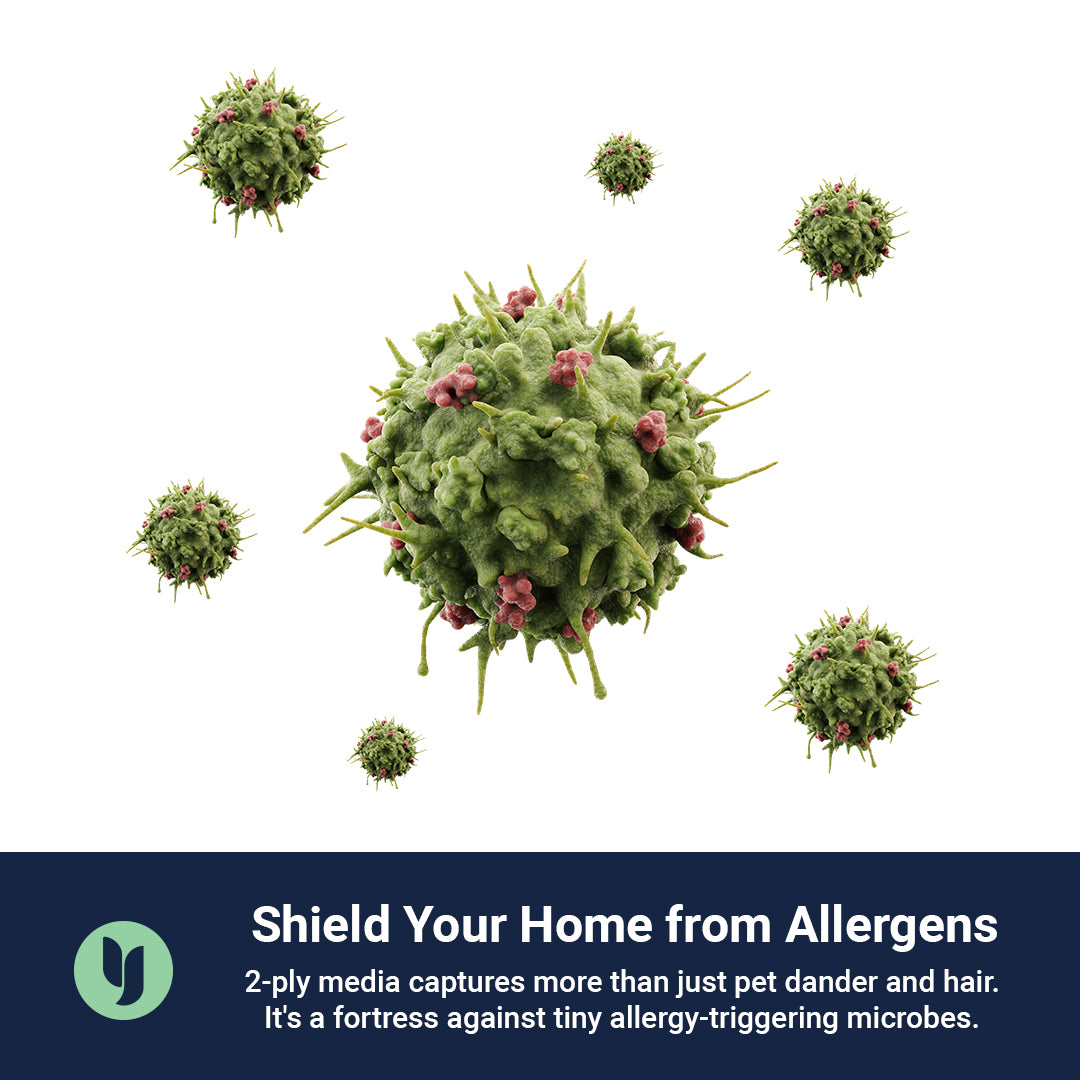
The Protector - 14x25x1 AC Furnace Air Filter
It's like armor for your air! This 2-ply antimicrobial air filter is impenetrable to mold & microbial growth (even the tiny stuff) and fits any HVAC system depth.
Purchase Options:

The Protector Product Details
Description
Description
Our 2-Ply Antimicrobial Filter is tougher than those cardboard-framed filters that hold moisture. The Protector is built with a proprietary antimicrobial filter media making it impenetrable to mold and microbial growth. Trust us, pleats are a bad idea on pants and even worse on filters.
- Tight Fit - Eliminates the risk of unfiltered air passing around your air filter.
- Mold and Moisture Resistant - No mold or microbials hit your air. (because we trap them!)
- Depth Loading Arrangement - Traps all particles allowing air to still flow freely through the filter. (even the tiny stuff)
- Fits All Depths - Will fit in 1, 2, 4, 5, even 6" depth. (yes, seems funny but it will 100% work)
- Free Shipping - Don't pay extra for shipping. (because we love YOU and clean air)
Specifications
Specifications
- Actual Product Depth: 1"
- Ingredients: 2 ply Synthetic Filter Media, Antimicrobial Coating, Galvanized Wire Frame
- Contaminants Captured: Allergens, Bacteria, Dust Mites, Dust/Lint, Mold Spores, Most Smoke, Pet Dander, Pollen, Virus Carriers
Filter Change Guide
Filter Change Guide
Is it Time to Change Your Filter?
Generally, we recommend that you replace your air filters every 90 days. Find out below if you should change your filters more frequently.
- If someone in your home has asthma and/or allergies, change your filter every 6 weeks to ensure the best indoor air quality.
- If you have pets, change your filter every 2 months to prevent shedding and odor buildup.
- If you have young children, change your filter every 2-3 months, as clean air is even more crucial when children are in your home.
Our 2-Ply Antimicrobial Filter is tougher than those cardboard-framed filters that hold moisture. The Protector is built with a proprietary antimicrobial filter media making it impenetrable to mold and microbial growth. Trust us, pleats are a bad idea on pants and even worse on filters.
- Tight Fit - Eliminates the risk of unfiltered air passing around your air filter.
- Mold and Moisture Resistant - No mold or microbials hit your air. (because we trap them!)
- Depth Loading Arrangement - Traps all particles allowing air to still flow freely through the filter. (even the tiny stuff)
- Fits All Depths - Will fit in 1, 2, 4, 5, even 6" depth. (yes, seems funny but it will 100% work)
- Free Shipping - Don't pay extra for shipping. (because we love YOU and clean air)
- Actual Product Depth: 1"
- Ingredients: 2 ply Synthetic Filter Media, Antimicrobial Coating, Galvanized Wire Frame
- Contaminants Captured: Allergens, Bacteria, Dust Mites, Dust/Lint, Mold Spores, Most Smoke, Pet Dander, Pollen, Virus Carriers
Is it Time to Change Your Filter?
Generally, we recommend that you replace your air filters every 90 days. Find out below if you should change your filters more frequently.
- If someone in your home has asthma and/or allergies, change your filter every 6 weeks to ensure the best indoor air quality.
- If you have pets, change your filter every 2 months to prevent shedding and odor buildup.
- If you have young children, change your filter every 2-3 months, as clean air is even more crucial when children are in your home.

Mold and Mildew Resistant
Our antimicrobial system is a key component in improving indoor air quality (IAQ). Microorganisms are chemically destroyed when they come in contact with the filter media. Airborne microorganisms are reduced by up to 86.5% on the 1st pass and continues to increase in effectiveness with each additional pass. Catch all the pollutants and enjoy higher quality air.

Trap All The Crap (Literally)
Our extended sealing gasket stops dirty air from bypassing the filter. This equates to cleaner indoor air, extended furnace life and reduced repairs. You'll see a noticeable decrease in the amount of dust on your glass coffee table!
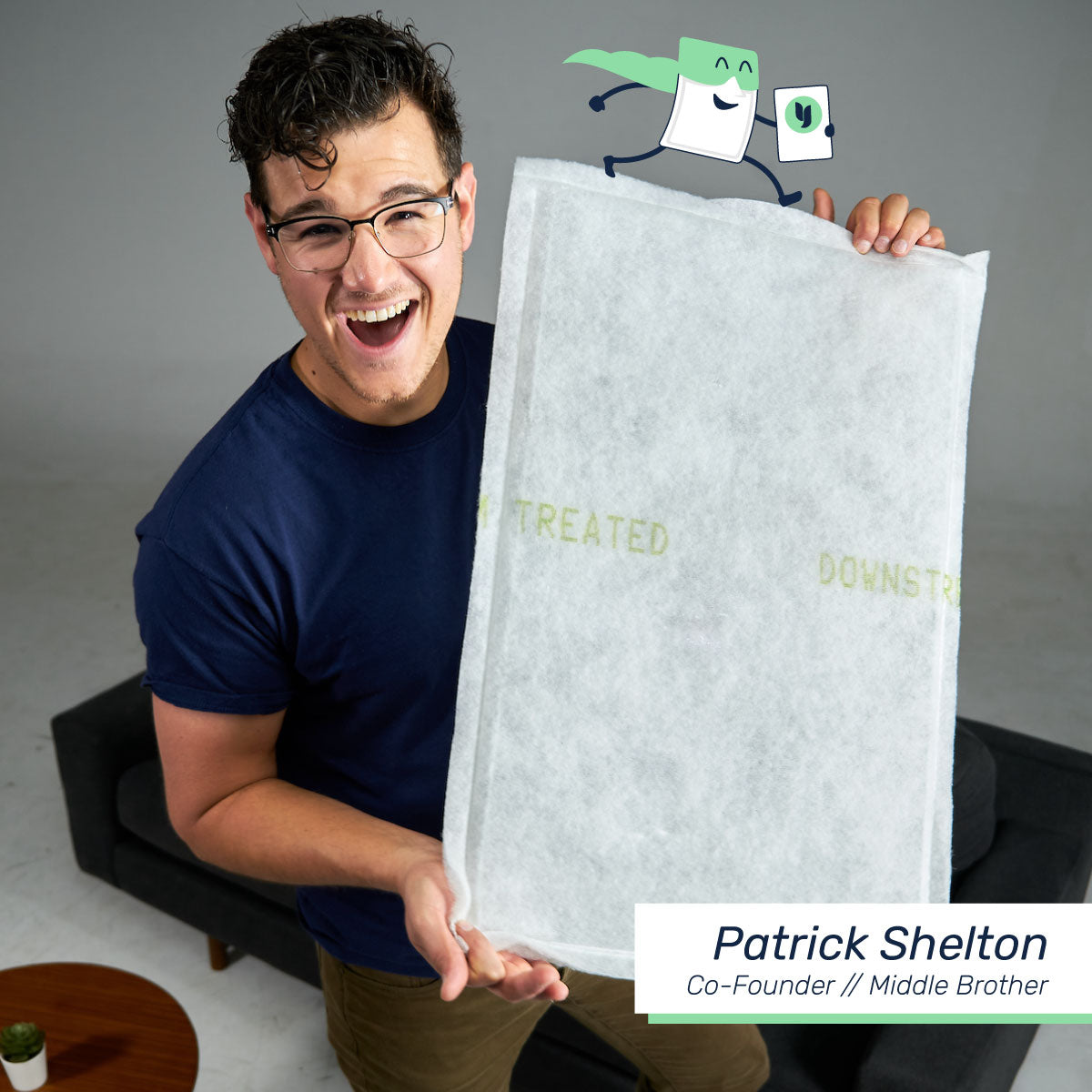
Dust Less, Cleaner Home
The filter media layers "sift" dirt based on particle size. This multiplies the filter surface area. Over the service life of one filter it becomes more efficient as it "loads" up with large and tiny particles while still allowing a safe resistance for your unit.
Frequently Asked Questions
How often should I change my filter?
How often should I change my filter?
- Industry standard suggests changing your filter every 3 months, BUT… it depends! Many factors determine what cycle is best for you- pets, allergies, how often you run your HVAC system, etc. Some people choose to change their filter every 1 or 2 months.
- Luckily, it’s easy to tell when a Yoor Air filter has reached its useful life. After installing your new Yoor Air filter, check it after one month. Pull it out and shine a flashlight through from the coarse filter media side to the Downstream side. If you easily see the light shining through, you still have life left in your filter. Do this for a couple of months and you’ll easily be able to set an appropriate cycle duration. That said, don’t let it go toooo long. If no light is passing through, your HVAC motor is having to work extra hard to push air through your filter, increasing your electric bill and reducing the life of your HVAC unit.
How do I install my filter?
How do I install my filter?
- Yoor Air filters have no arrow like you find on traditional, crappy pleated filters.
- Instead, each filter is marked “Downstream”. This side is installed downstream from the air flow or closest to your HVAC unit. Here’s another way to think of it. One side is made of a very coarse filter media while the other side is a tighter weave. The coarse side catches the big stuff first while the tighter weave traps the small stuff. We call this Depth Loading Technology and it is the reason The Pet Whisperer 1” filter out lives a high capacity pleated filter by 75%!
Why don't I see a MERV Rating? (it's only half the story)
Why don't I see a MERV Rating? (it's only half the story)
- What’s MERV? MERV stands for Minimum Efficiency Reporting Value as determined by the American Society for Heating, Refrigeration and Air-Conditioning Engineers (ASHRAE). MERV uses a scale from 1-20. 3M has developed their own standard called the MPR or Microparticle Performance Rating system. MPR measures a filter’s ability to contain particles smaller than 1 micron and ranges from an MPR value of 300 to 2800. To confuse us even further, The Home Depot established their own rating system, called the FPR or Filter Performance Rating system which ranges from 4-10 and is color coded.
- What’s Missing? All of these ratings assume there is no air bypassing your filter. But, like water, air takes the least path of resistance so a disproportionate amount of air bypasses your filter, technically dropping the MERV rating to 0- YIKES!. Yoor Air filters are designed to eliminate unfiltered air bypass and are the perfect balance between filtering ALL the air while keeping stress on your HVAC motor (measured in air pressure resistance) to a minimum.
- Consider Microns for a moment - our filters trap particles down to 1 micron - we’re talking dust and mold spores - A human hair is approximately 50 microns and that’s about as small as we can see with our eyes. So yeah, we are talking SMALL!
What are yoor filters made of?
What are yoor filters made of?
Yoor Air filters are made of different layers of polyester filter media custom made to our specifications, an embedded sturdy galvanized metal frame, and an anti-microbial system to eliminate the potential for mold and mildew.
Do you sell 4” and 5” filters?
Do you sell 4” and 5” filters?
- No, we provide something better! Our 1” filters can replace your wider filters, no joke! Pleated filters need the extra depth for one reason- dirt accumulates on the surface of pleated filters. The extra depth increases the surface area and in turn, increases the service life of the filter.
- But, a Yoor Air filter captures dirt and dander throughout the different layers of the filter so we have as much “trapping capacity” as wider filters. Additionally, the sturdy inner frame stands up to the pressure created in an HVAC system so your filter won’t collapse. Nor will you experience any “chatter noise” because the extended outer gasket secures your filter in place.
- But what about that extra empty space? Just think of that extra space as an extension of your plenum.
How do I know what size Yoor Air filter to purchase?
How do I know what size Yoor Air filter to purchase?
- First, look at your current filter’s nominal size and order that same size
- If you don’t see a size, if possible, measure your filter TRACK and shoot us an email at hello@yoorair.com with the dimensions. Make sure you let us know that these measurements are your TRACK dimensions. We’ll take it from there.
- If you can’t measure your track, measure your current filter. Send us an email at hello@yoorair.com stating your filter dimensions. Clearly state these are your FILTER dimensions. We’ll get back to you with the appropriate Yoor Air filter size.
How do I measure the correct size for my filter track?
How do I measure the correct size for my filter track?
- You may have noticed 2 different sizes printed on the cardboard or plastic frame of other brand’s filters. The first is a rounded number like 20x24x1. This is the nominal size and is used to keep it simple for consumers. The second is the actual filter size measurements and contains fractional numbers such as 19 ⅝” x 23 ⅝: x ¾”.
- Since we do not have a conventional frame, Yoor Air filters are printed with the nominal size directly on the filter media.
Can I make a single filter purchase?
Can I make a single filter purchase?
Yes, you can make a single purchase; however, we encourage signing up for a subscription because, speaking from experience, a subscription is the ONLY way to ensure you change your filter on a regular basis.
I’m not seeing my filter size on your website?
I’m not seeing my filter size on your website?
Go to the Product page on our website. Under Popular Sizes hit “Enter My Size” and add your specific dimensions. If you’re still unsure, pop us your question at hello@yoorair.com or call us at 833-YOORAIR (833-966-7247). We’re here to help.
What do you mean my filter is SIDED?
What do you mean my filter is SIDED?
- To get the maximum life out of a Yoor Air filter, it needs to be installed in a specific direction. Since we don’t have an external frame, the orientation is printed directly on your filter.
- Downstream. The downstream side goes closest to your HVAC unit. The different layers of a Yoor Air filter trap different size particles. Trapping the big stuff first preserves the cleanliness of the next filter layer which traps the next smallest particles, and so on. The incoming air (referred to as the return air) is the dirtiest air so it gets trapped in the outer filter layer with the loosest weave. The side printed with your filter size and downstream catches the smaller particles and is facing or is closest to your HVAC Unit.
- Upstream. Your Clean Freak Carbon filter, on the other hand, has your filter size and Upstream printed on the white side because, well, you wouldn’t see the labeling if we printed it on the carbon side! Your dirty return air comes in contact with the white side first, trapping the large particles. The smaller particles and odors are contained within the carbon granules. In this case, it’s the carbon side that is closest to your HVAC unit.
